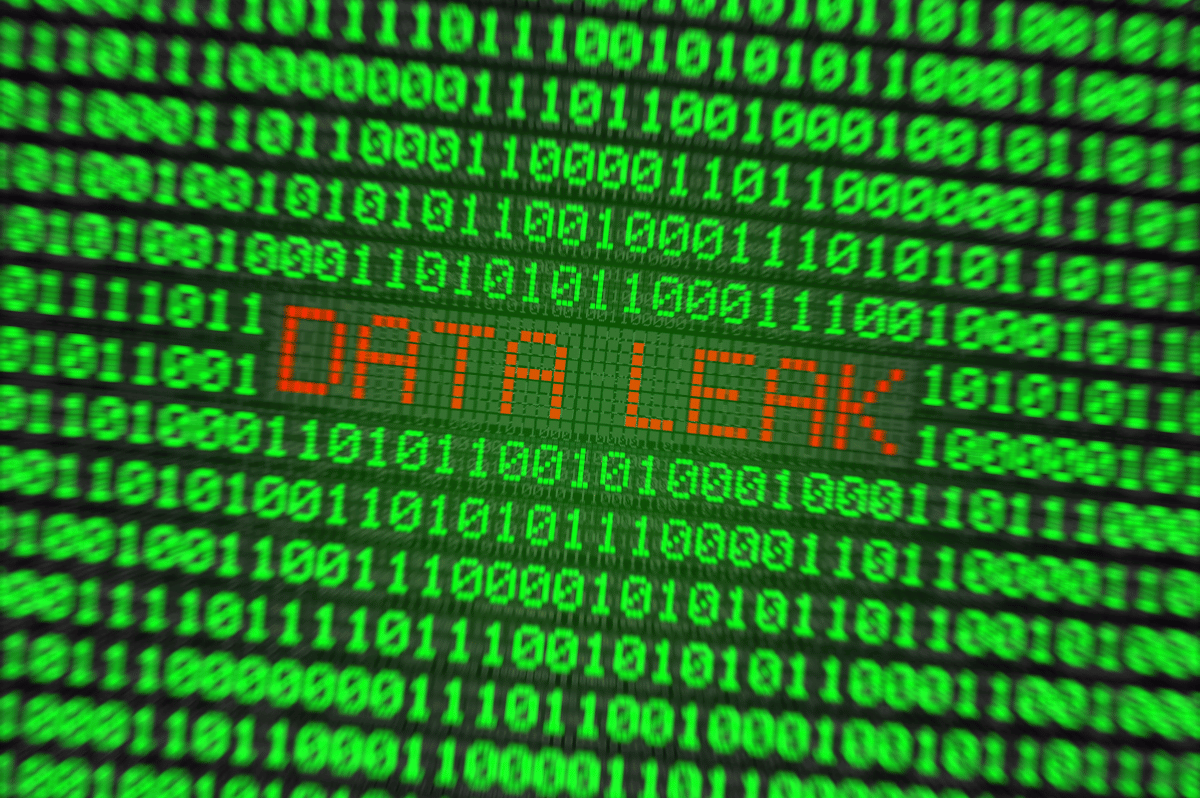How Network Access Control (NAC) Can Help Prevent Data Leaks

While firewalls, endpoint detection, and security awareness training are essential, many enterprises overlook one of the most powerful tools for data leak prevention: Network Access Control (NAC).
NAC solutions serve as digital gatekeepers, ensuring that only authorized users and compliant devices can connect to the network. More importantly, NAC helps prevent data leaks by enforcing access policies, monitoring network behavior, and segmenting sensitive data zones. Let’s explore how NAC plays a critical role in safeguarding data and preventing costly leaks.
Understanding Data Leaks: The Growing Threat
A data leak occurs when sensitive information is unintentionally exposed, whether due to human error, insider threats, or cyberattacks. Unlike data breaches, which involve direct hacking, data leaks often stem from poor access controls, unsecured endpoints, or misconfigured cloud environments.
Some of the common causes of data leaks include:
- Unsecured endpoints (e.g., personal devices, unpatched systems, rogue IoT devices)
- Insider threats (e.g., disgruntled employees, accidental mishandling of data)
- Misconfigured access permissions (e.g., users with excessive privileges)
- Shadow IT and unmanaged devices (e.g., employees using unauthorized apps and personal devices)
With these risks in mind, how can NAC mitigate data leaks and strengthen an organization’s cybersecurity posture?
1. Enforcing Strong Access Controls
One of the primary ways NAC prevents data leaks is by ensuring that only authorized users and compliant devices gain access to critical systems and data.
- Role-Based Access Control (RBAC): NAC allows administrators to enforce strict access policies based on user roles. For example, HR personnel can access payroll databases, but marketing teams cannot.
- Device Compliance Enforcement: NAC checks devices for security posture (e.g., up-to-date antivirus, encryption, OS patches) before granting network access.
- Guest and BYOD Controls: NAC isolates guest users and unmanaged personal devices, preventing them from accessing sensitive corporate data.
By ensuring that only trusted users and devices connect to sensitive systems, NAC significantly reduces the risk of unauthorized data exposure.
2. Monitoring Network Behavior in Real-Time
Even with strong access policies, insider threats and compromised accounts pose a risk. NAC helps prevent data leaks by continuously monitoring network activity and identifying suspicious behavior.
- Detecting Unusual Data Transfers: If an employee suddenly starts transferring large volumes of files to an external storage drive, NAC can flag and block the activity.
- Identifying Anomalous Logins: NAC detects login attempts from unusual locations or devices, preventing potential credential misuse.
- Restricting High-Risk Applications: NAC can block unauthorized apps or cloud services (e.g., unsanctioned file-sharing platforms) that employees might use to move sensitive data.
By actively monitoring and controlling network behavior, NAC helps organizations spot and stop potential data leaks before they escalate.
3. Network Segmentation: Keeping Sensitive Data Isolated
Data leaks often occur when users or devices gain access to systems they shouldn’t. NAC enforces network segmentation to ensure that access to critical data is tightly controlled.
- Zero Trust Segmentation: Even if a device is authenticated, NAC ensures it only has access to the specific resources needed for its role—nothing more.
- IoT and Endpoint Isolation: Rogue IoT devices or infected endpoints can’t move laterally within the network, preventing data leaks caused by compromised devices.
- Guest and Contractor Networks: NAC places guests, contractors, and third-party vendors in isolated VLANs, preventing them from accessing sensitive corporate data.
By limiting who and what can communicate within the network, NAC minimizes the attack surface and reduces the likelihood of data leaks.
4. Responding to Policy Violations with Automated Remediation
Even the best security policies can fail if they aren’t actively enforced. NAC goes beyond passive monitoring by providing automated remediation for security violations.
- Quarantine and Block: If a device fails security posture checks (e.g., outdated antivirus, suspicious activity), NAC can automatically quarantine or disconnect it from the network.
- Adaptive Policy Enforcement: NAC integrates with security tools like SIEMs and firewalls, ensuring immediate action when a threat is detected.
- Change of Authorization (CoA): If a device violates security policies (e.g., an unpatched laptop attempting to access sensitive files), NAC can trigger a forced re-authentication or revoke access.
By proactively enforcing security compliance and responding to threats in real time, NAC ensures that security gaps leading to data leaks are swiftly closed.
5. Supporting Compliance and Regulatory Requirements
For industries governed by strict data protection regulations (e.g., GDPR, HIPAA, PCI-DSS), preventing data leaks isn’t just a security concern—it’s a legal necessity. NAC helps organizations meet compliance requirements by:
- Ensuring Least-Privilege Access: Enforcing user and device access controls to protect sensitive data.
- Maintaining Security Logs: Providing an audit trail of who accessed what and when.
- Enforcing Encryption and Security Policies: Ensuring that all devices accessing the network meet security requirements.
By aligning with regulatory mandates, NAC helps organizations avoid costly fines and legal repercussions associated with data leaks.
Conclusion
Data leaks are a persistent and costly threat to organizations, but NAC provides a proactive defense against unauthorized access, insider threats, and network vulnerabilities. By enforcing strict access controls, monitoring network behavior, segmenting sensitive data, automating security enforcement, and supporting compliance requirements, NAC plays a critical role in preventing data leaks.
In a world where data is currency, organizations can’t afford to take network security lightly. Implementing a cloud-native NAC solution can help businesses lock down their networks, safeguard sensitive data, and mitigate the risk of devastating leaks.
Try Portnox Cloud for Free Today
Gain access to all of Portnox's powerful zero trust access control free capabilities for 30 days!



